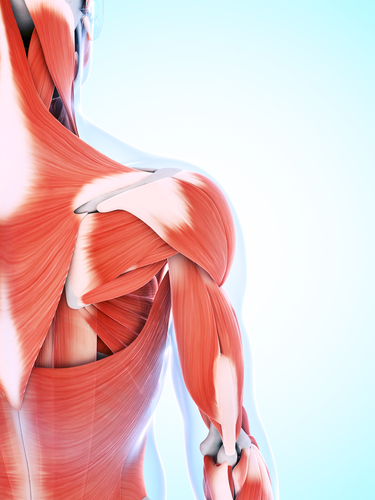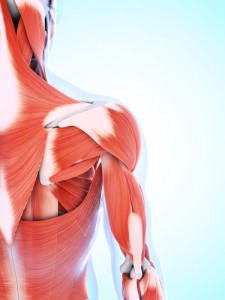Hypertonia Identified in Study As Spinal Muscular Atrophy Symptom

 A study entitled “Patient with spinal muscular atrophy with respiratory distress type 1 presenting initially with hypertonia” reports a case study of a two-month-old boy with spinal muscular atrophy with respiratory distress type 1 that displayed hypertonia as an initial symptom and progressing to bone tissue compromise, a new symptom that has never been reported. The study was published in Brain and Development journal.
A study entitled “Patient with spinal muscular atrophy with respiratory distress type 1 presenting initially with hypertonia” reports a case study of a two-month-old boy with spinal muscular atrophy with respiratory distress type 1 that displayed hypertonia as an initial symptom and progressing to bone tissue compromise, a new symptom that has never been reported. The study was published in Brain and Development journal.
Spinal muscular atrophy (SMA) is, among genetic disorders, the leading cause of death in children. Currently lacking an FDA-approved treatment, it is a disease caused by genetic mutation of Smn1 gene that codes for a protein crucial for motor neurons’ survival. Spinal muscular atrophy with respiratory distress type 1 (SMARD1) is caused by mutations in the IGHMBP2 gene, and is the most frequent form of spinal muscular atrophy. It is characterized by muscle weakness and respiratory failure due to irreversible diaphragmatic paralysis, occurring usually between 6 weeks to 6 months of age. As with SMA, no therapy is available.
In this case report study, the authors found that while many symptoms were indicative for SMARD1. The predominant feature presented by this boy initially was hypertonia, a condition where there is an abnormally increase of muscle tone (the amount of tension or resistance to stretch in a muscle) leading to stiffness and difficulty to move arms and legs, for example. As muscle tone decreased, the patient developed hypotonia. Thus, in light of this patient phenotype, the authors suggest that hypertonia can be the primary phenotype resulting from the genetic defect, but this was never reported. Additionally, the authors propose that the same happens for the symptoms of bone tissue compromise and thus not attributing this symptom to diffuse neuromuscular degeneration.
Finally, the authors highlight that since SMARD1 is associated with a poor prognosis, physicians need a comprehensive understanding of the disease and its variable phenotypes, including muscle tone variations, bone tissue compromise and even fatty pads formation. Genetic testing is crucial to determine with accuracy diagnosis, especially in complicated cases.
[adrotate group=”3″]







